Vegetarian keto is a great way to stick to the keto diet without eating meat. There are many high-protein, low-carbohydrate vegetarian foods that can help you lose weight and improve your health on the vegetarian keto diet. In this post, we will discuss some of the best vegetarian keto meal ideas and recipes for you to try!

What do you do if you are a vegetarian and then want to try a ketogenic diet? When the bulk of the food you eat is too high in carbs, should you just give up? No!
It’s possible to be a vegetarian keto dieter – it may just take some extra work and focus in order to make sure you are eating enough protein.
Many people think keto is all about meat and veggies, but it’s also possible to follow a vegetarian keto eating plan and still lose weight and stay healthy. Contrary to popular belief, it’s relatively easy to stay in ketosis and enjoy a variety of meals without having to eat animal protein – this guide will show you how!
✨ What is the keto diet?
Before we start discussing how to eat a vegetarian diet while in ketosis, I think we should first understand the keto diet.
The keto diet is a way of eating that is low-carb, high-fat, and moderate protein. Eating this way can lead to a lot of health benefits, including weight loss. People lose weight because when they eat low-carb and high-fat, their body goes into a state known as ketosis. That means your body goes from burning carbs for energy to burning fat for energy!
To stay in fat-burning ketosis, many people have to monitor your macros. That means watching how many grams of carbs, fat, and protein you are eating every day. You have to track your macros because if you eat too many carbs, your body will see this as available to use for energy, and it won’t burn the fat for energy anymore.
Staying in ketosis is a balancing act, and you have to make sure you are eating enough protein too. Protein builds lean muscle. The more muscle and less fat our body has, the higher our resting metabolic rate will be.
➡️ Different types of vegetarians
Before we look at how to eat a vegetarian keto diet, we need to look at the different types of vegetarians. For example, some vegetarians don’t mind eating humanely-raised and grass-fed dairy products like butter and cheese, and others refuse to eat any kind of animal products at all.
Here are the different types of vegetarian diets:
- Pescatarians – Able to eat seafood, dairy, and eggs but avoid poultry and red meat. This is also known as semi-vegetarian.
- Lacto-Ovo Vegetarians – Eat dairy and eggs but avoid seafood, poultry, and meat. This is the most common form of vegetarianism in most of the world.
- Lacto Vegetarians – Eat dairy, but avoid eggs, seafood, poultry, and meat.
- Vegans – Avoids all animal by-products, including dairy, eggs, seafood, poultry, meat, and even honey.
Since the most common type of vegetarians are lacto-ovo vegetarians, that is the type I will be referring to in this guide. Therefore, you’ll see recommendations for dairy and eggs.
➕ The ultimate diet to vegetarian keto diet
As a lacto-ovo vegetarian, you need to eat plenty of protein from eggs and dairy products. Your body needs this protein to build muscle and regulate insulin levels.
As you eliminate food groups from your eating plan, you’ll discover that you have to be a bit more creative with your recipes to ensure you are still getting all the nutrients your body needs.
At the end of the day, you need to do what works for your body and your values. Vegetarians can still eat low-carb; you just have to get the protein from sources other than animal meat.
This guide will cover how to eat keto on a vegetarian diet that allows eggs and dairy. It’s possible to do a vegan keto diet, and I will explain more about that later on in this post.
Let’s look at how to stay within your macros when eating a vegetarian keto diet.
Know the importance of amino acids
Whether you consume animal products or not, the most important thing to remember is that your body needs protein that contains all nine amino acids. These help your body build muscle and burn fat.
What are amino acids?
Amino acids are the building blocks of muscle. The goal of a keto lifestyle is to build lean muscle and burn fat – this increases your metabolism, so you burn calories even when you are resting.
Studies show that animal protein provides all the essential amino acids in the amounts we need. So, if you cut out all animal proteins, you’ll need to eat a combination of foods that will provide your body with what it needs.
What is the best source of plant-based amino acids?
A good option is chia seeds because they are high in fiber and amino acids. One serving of chia seeds has 3.1 grams net carbs and 6.6 grams of protein.
Limit carb intake
In order to stay in ketosis, experts recommend you limit your carb intake to 20 grams or less per day. This is a challenge for vegetarians since lots of vegetarian diets rely on grains and legumes for their protein and fiber intake.
It might be challenging, but it is possible!
Try to avoid popular vegetarian protein sources that are also grains and high in carbs, such as:
- Quinoa
- Buckwheat
- Legumes
You’ll also want to track your macros as you eat fruit and starchy vegetables. Some of even the healthiest fruits are also pretty high in carbs. You’ll do fine on the keto diet if you track your macros!
Find vegetarian protein sources
You’ll need to eat keto-friendly low-carb plant protein sources if you cut out animal protein. Combining them with dairy and eggs can give you even more protein in a more well-rounded form.
How much protein should you eat on keto?
Diet Doctor suggests that people should try to eat 1.2-1.7 grams of protein per kg of body weight. That’s about 70 grams of protein each day, depending on your weight and activity level.
Here are some of the best keto protein sources for vegetarians:
- Eggs – There are 14 grams of protein and 1 gram of carbs in 2 eggs.
- Hemp Seeds – There are 9 grams of protein and 1 gram of net carbs per ounce of seeds.
- Cottage Cheese – Cottage cheese has 20 grams of protein and 6 grams of carbs in 6 ounces.
- Hard Cheese (e.g., cheddar, parmesan) – Cheese has about 7-8 grams of protein and around 1 gram of carbs per ounce.
- Peanut or Almond Butter – There are 7-8 grams of protein and 4 grams of net carbs per 2 tablespoons.
Another thing to remember is that almost all food contains protein, even fruits, and vegetables. In fact, most veggies have around 2 grams of protein per cup.
That’s why it is so important to keep such good track of all of the macronutrients you eat each day when you are eating vegetarian!
Consume healthy fats for vegetarians
Another thing you’ll need to track when you are eating vegetarian keto is how many healthy fats you are consuming.
This is actually just as easy to do whether you eat animal proteins or not. Most healthy fats on keto include vegetable/seed oils and fish.
Tip: If you want to avoid fish, consider focusing more on avocados and coconut oil.
Consider soy on keto
Soy is a popular source of protein for vegetarians. But is it safe to eat on the keto diet?
There are many concerns about how soy affects people with thyroid problems since it has such a high amount of hormones naturally found in it.
It doesn’t seem to affect people with normal thyroid functions. For this reason, the benefits for some people seem to outweigh the risk. However, I always suggest you talk to a nutritionist or your doctor about any concerns you have.
Let’s look at the carbs in soy:
- Soy Milk: 15 grams carbs per cup
- Tofu: 2.3 grams carbs per 1/2 cup
〰️ Tips for what to eat on a vegan keto diet
Eating vegan on the keto diet will take a little bit more focus and effort than other forms of vegetarian diets. This is because you can’t rely on eggs or dairy for sources of healthy fats and protein.
These are what you likely should eat more of if you are cutting out animal products on keto:
- Vegan Dairy – Coconut dairy, vegan butter, vegan cream cheese, and cashew cheese.
- Coconut Products – Full-fat coconut milk, unsweetened coconut flakes, coconut cream.
- Nut and Seed Butter + Other Nuts and Seeds Products
- Non-Starchy Vegetables – Brussels sprouts, leafy greens, zucchini, broccoli, peppers, cauliflower, and mushrooms.
- Vegan Protein – Tofu and tempeh.
👍 The best vegetarian keto recipes
As you try to meal plan some vegetarian recipes on the keto diet, here are some of our favorites! These are going to have the macros that fit into your plan.

Keto buffalo deviled eggs
These keto buffalo deviled eggs are packed with flavor but are low in carbs. Filled with just eggs, mayo, mustard, Frank’s Red Hot Sauce, and a handful of spices, these deviled eggs are keto and vegetarian.

Cream puff chaffles
Whenever you are craving something sweet, make these cream puff chaffles. Since they are made with cheese and coconut flour, they are high in both protein and healthy fats!

Keto cinnamon roll muffins
Another way to boost your nutrition while eating something healthy is to make a batch of keto cinnamon roll muffins. The base is made with coconut flour and eggs, so they will fill you up and keep you feeling full between meals.
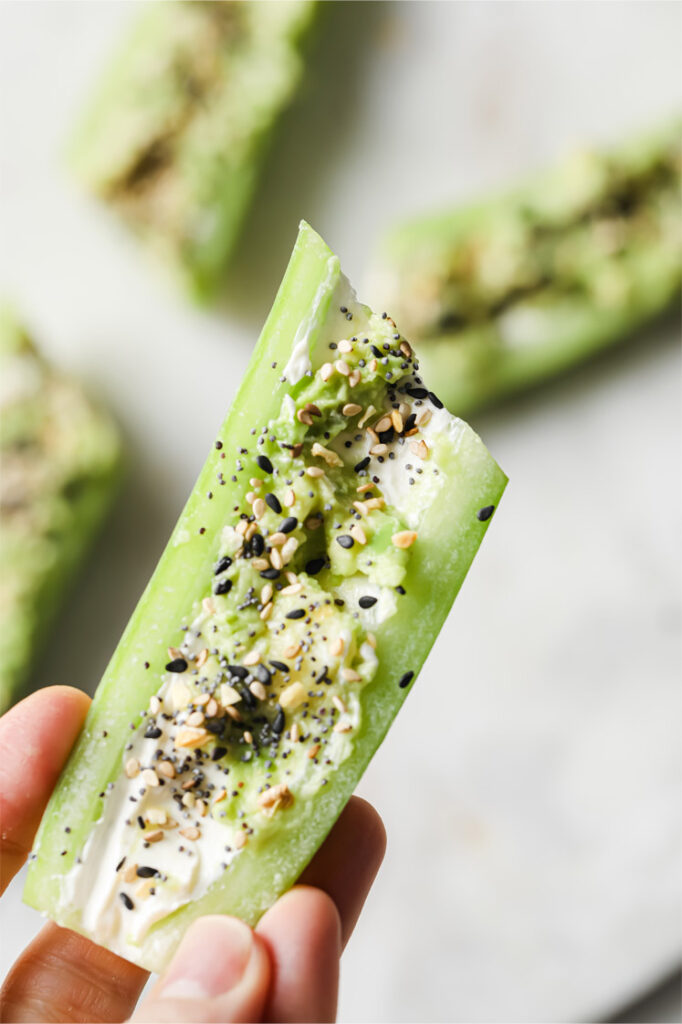
Cucumber boats
Spread some cream cheese on top of cucumber slices and top with avocado and Everything Bagel Seasoning. Now you have some tasty cucumber boats that can be a nutritious lunch or post-workout snack!
🥗 Vegetarian keto in moderation
A vegetarian keto diet can be done in moderation. This means you should likely still eat a variety of plant-based foods, including vegetables, fruits, legumes, grains, and nuts. (Ask a medical professional so they can assist you in your journey.)
You’ll want to make sure that the majority of your calories are coming from fat and protein sources like eggs, dairy, tofu, nuts, and seeds.
This is important because if you are only eating animal protein, you could miss out on important vitamins and minerals that are found in plant-based foods.
👌 More keto tips and inspiration
Here are some more keto resources that you’ll enjoy reading next:
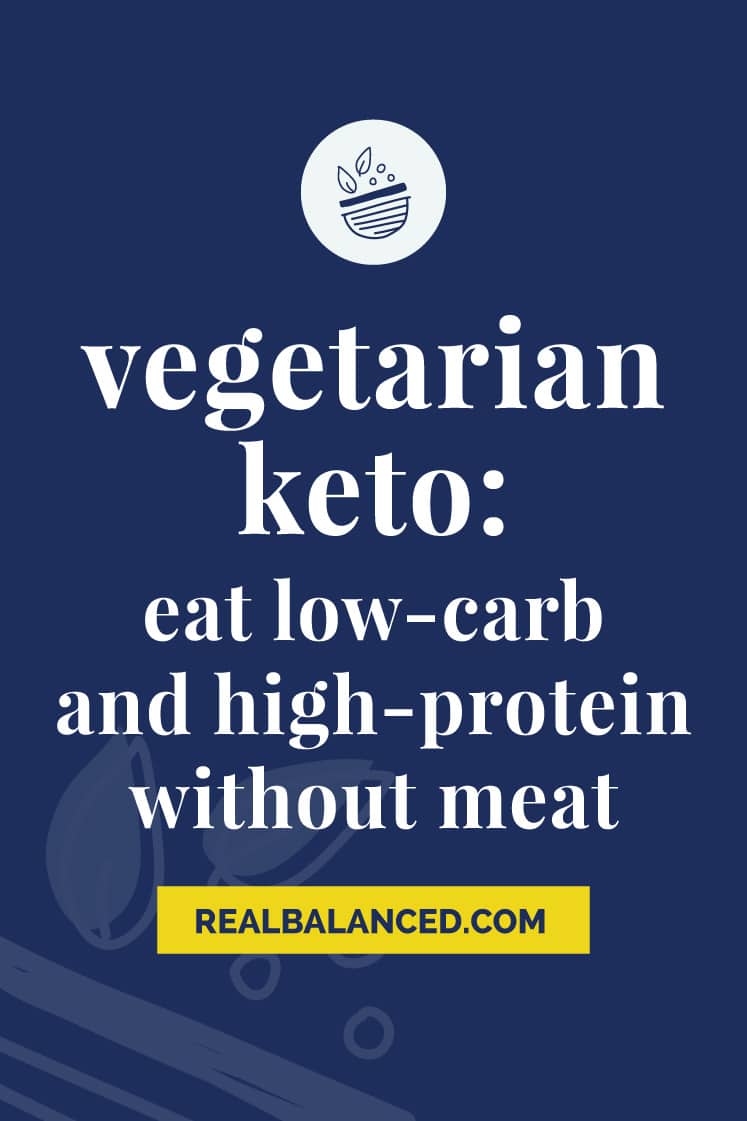
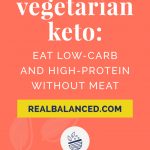


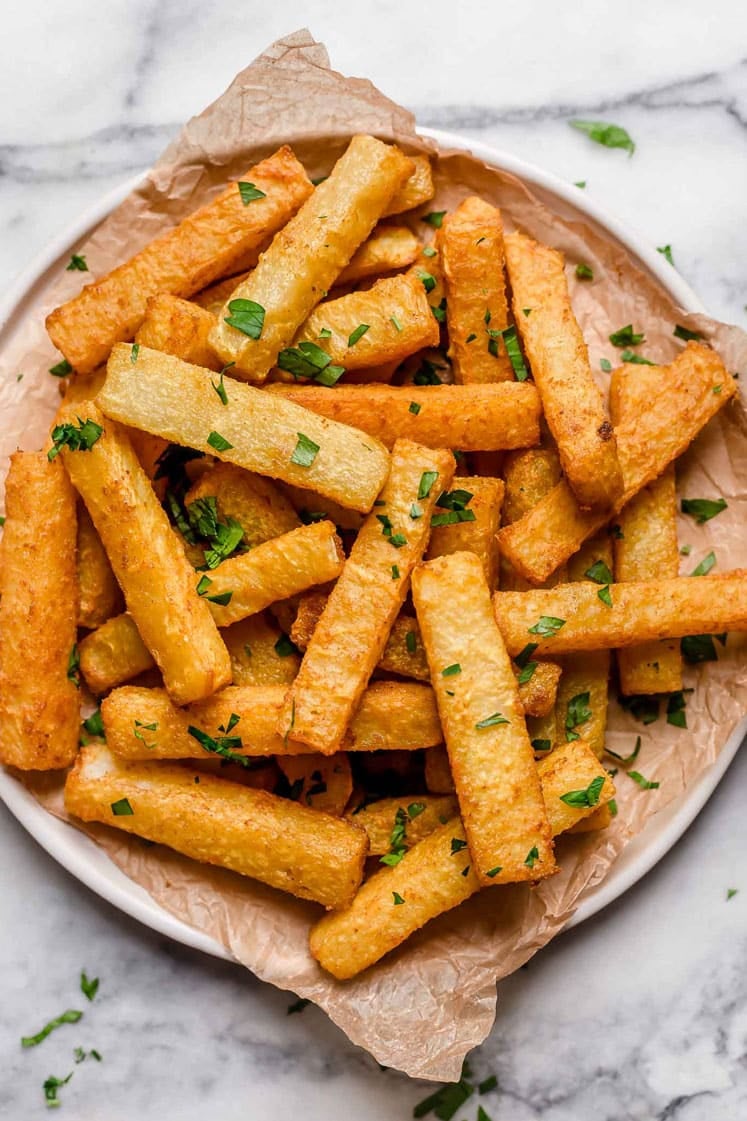
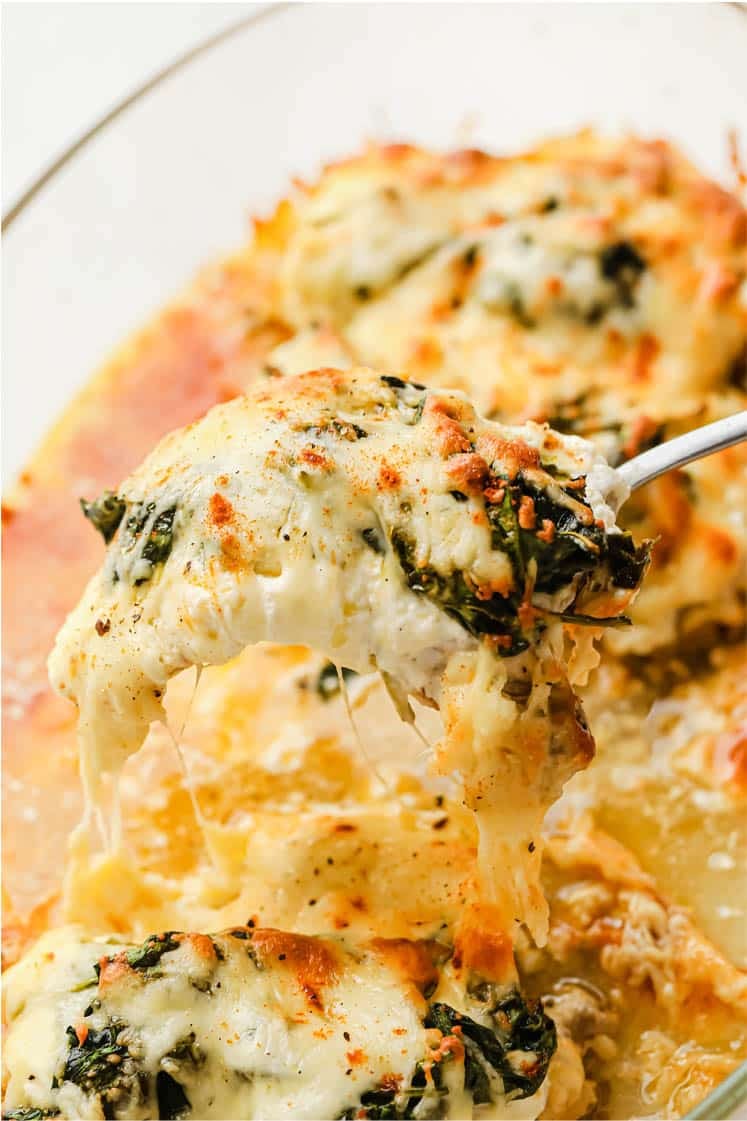
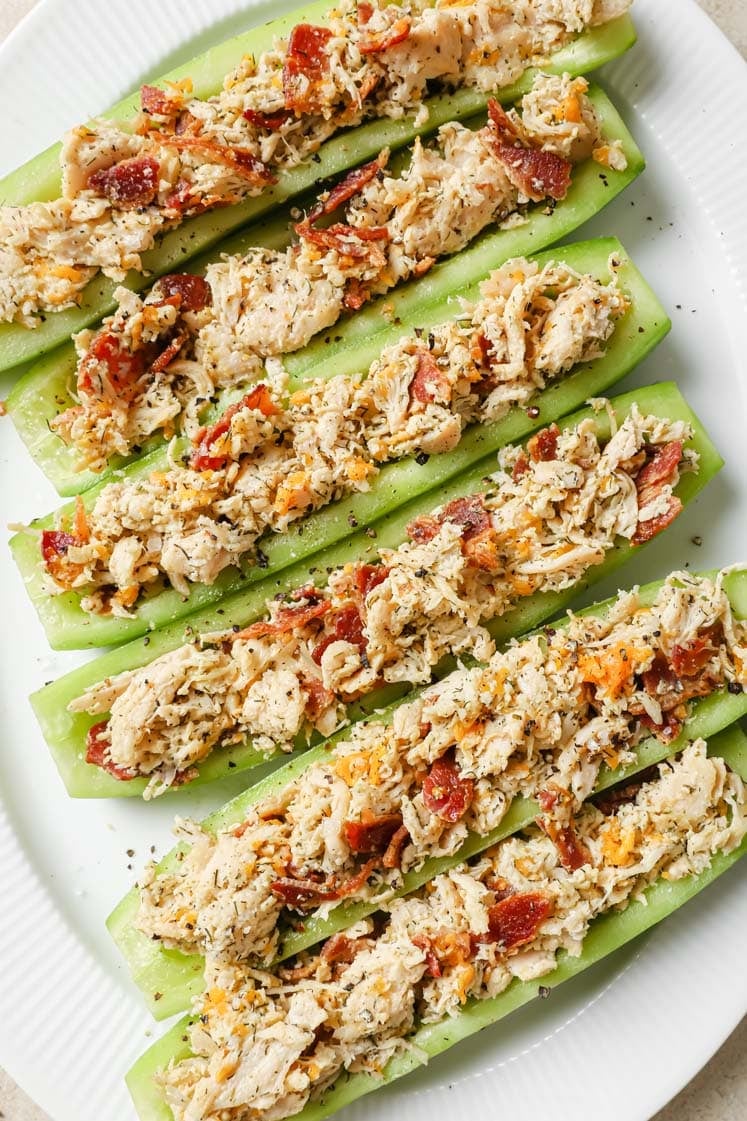
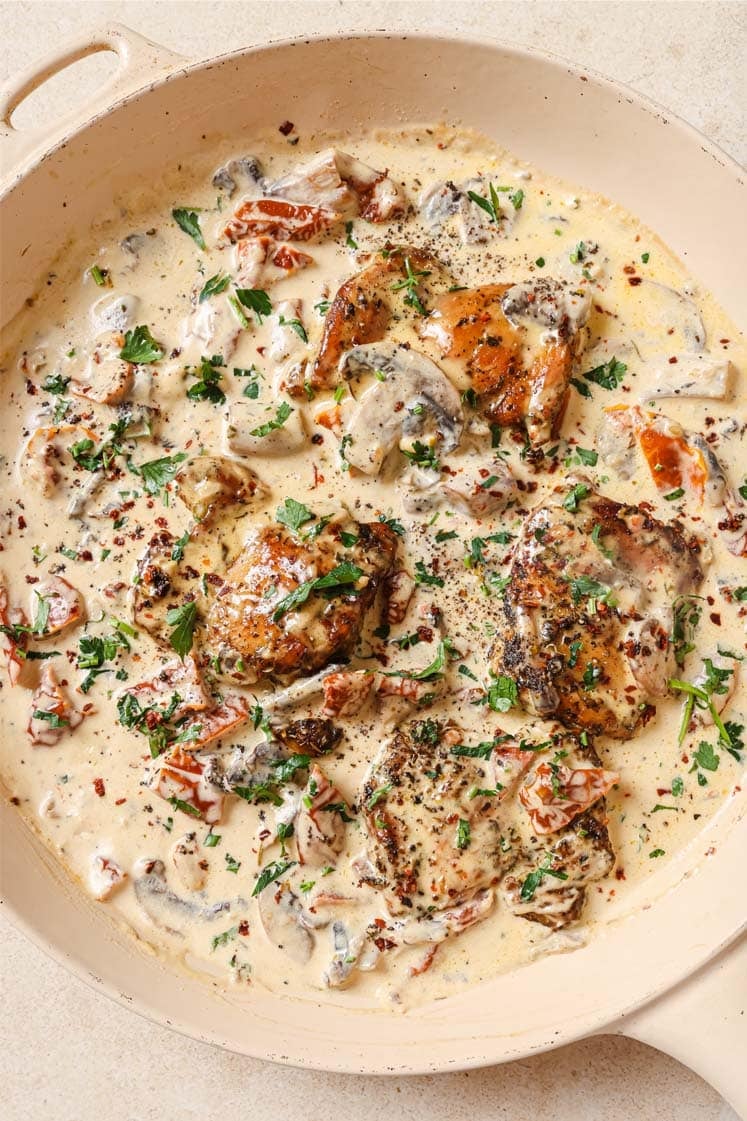
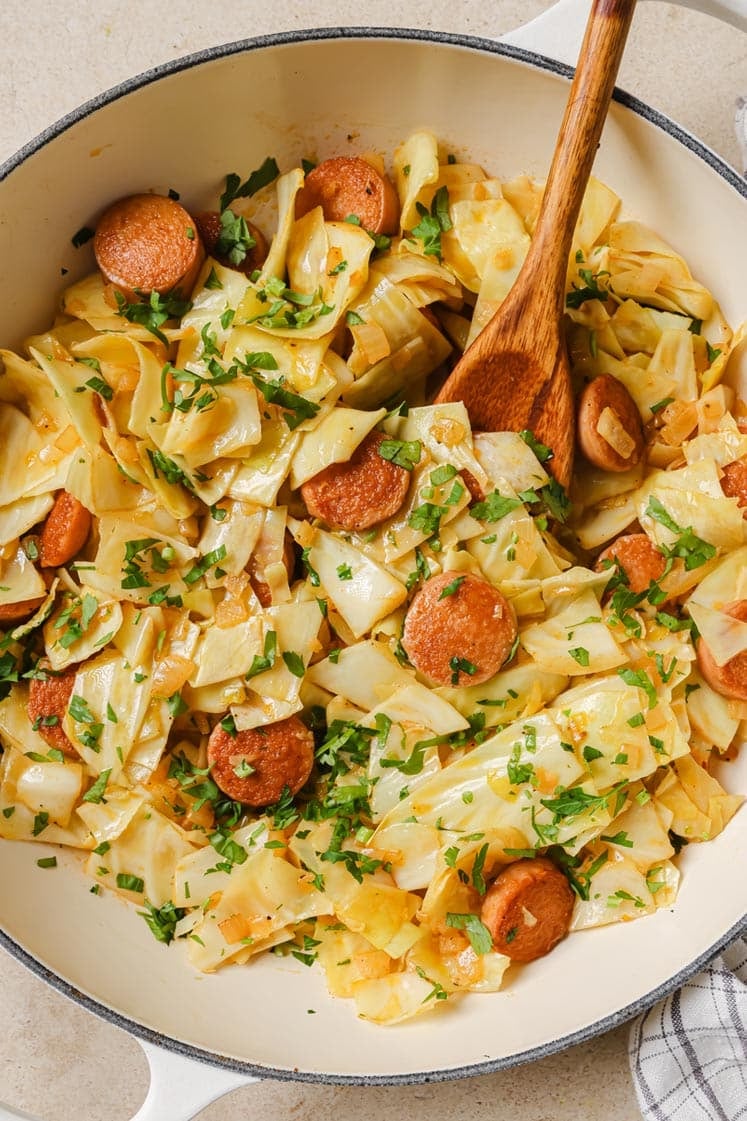
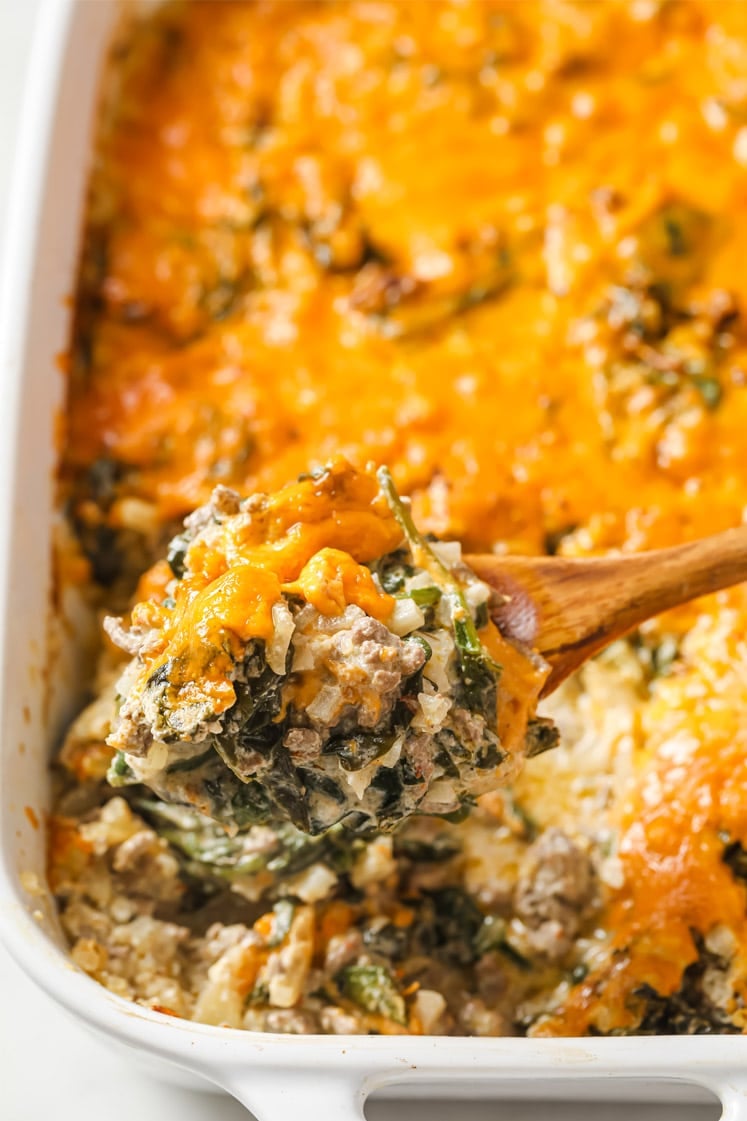
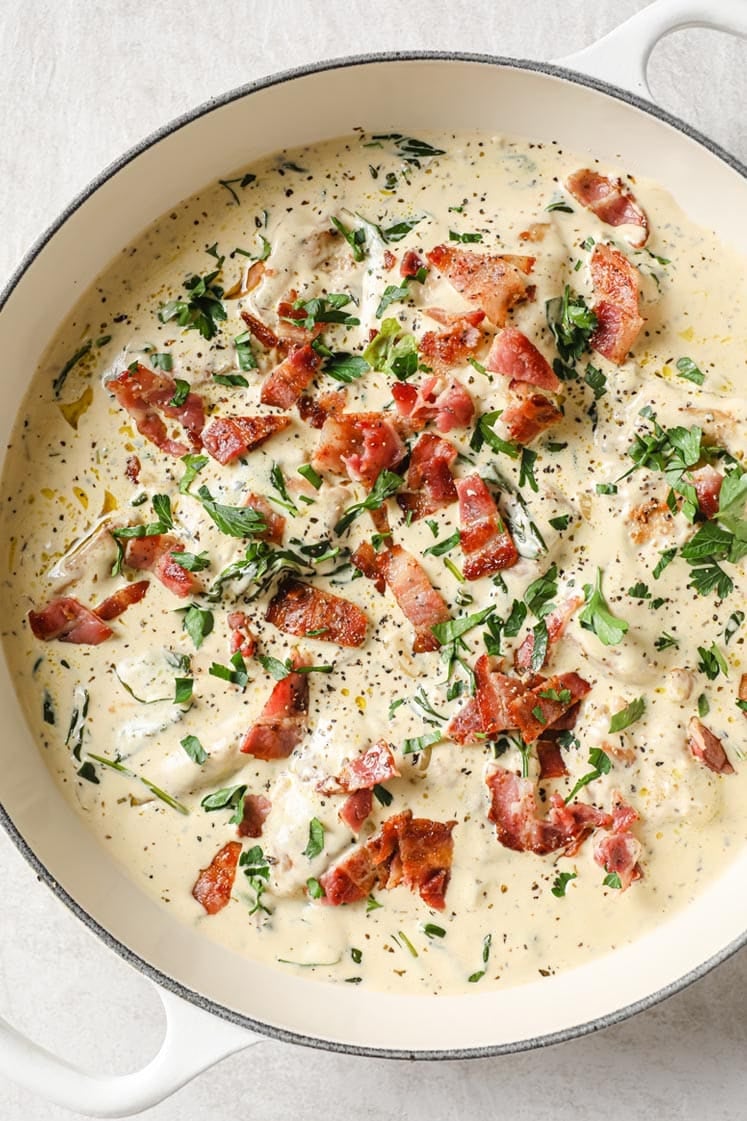
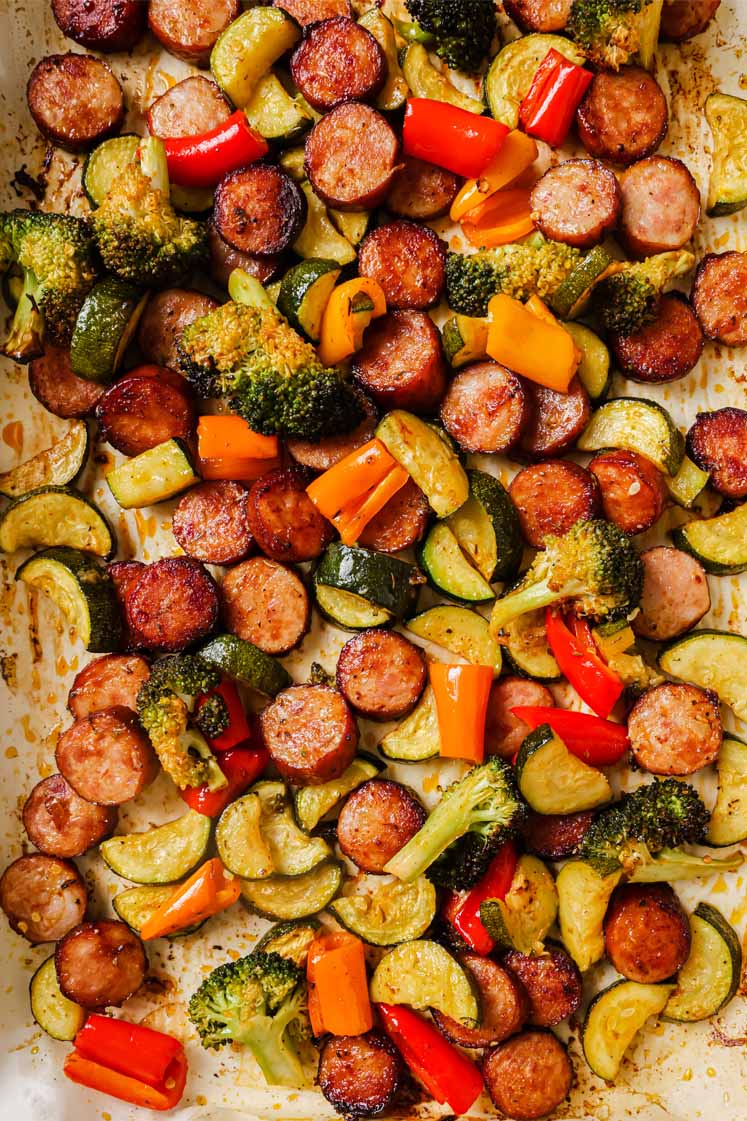
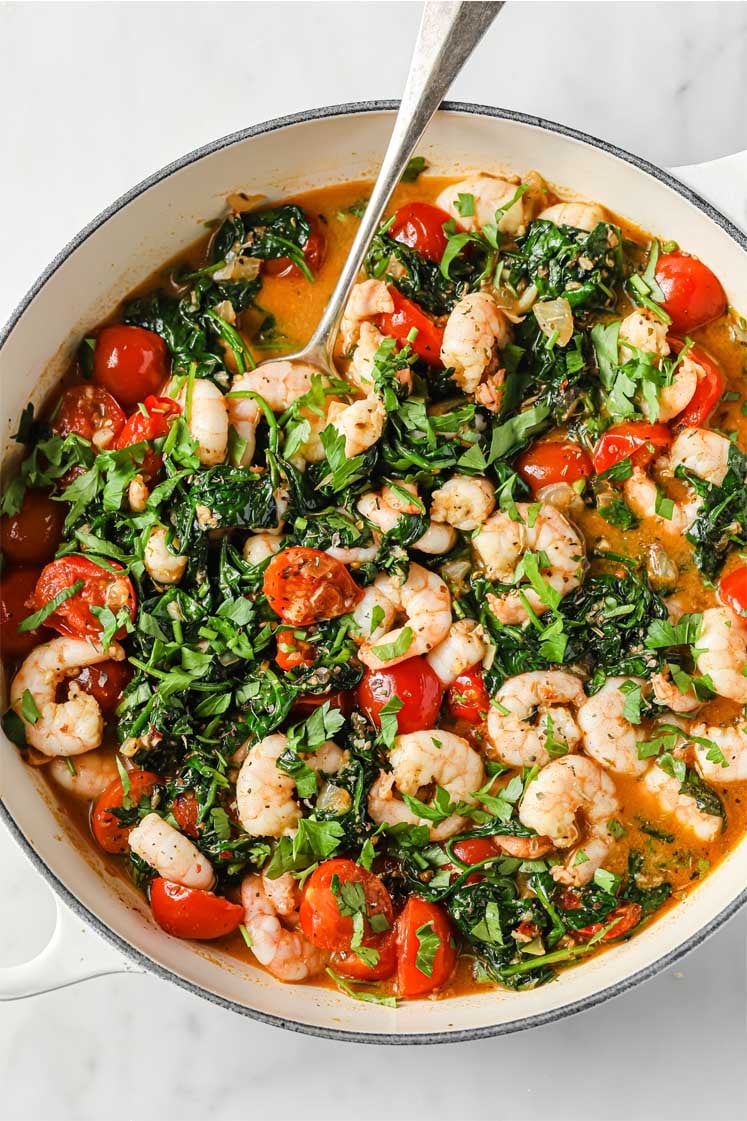
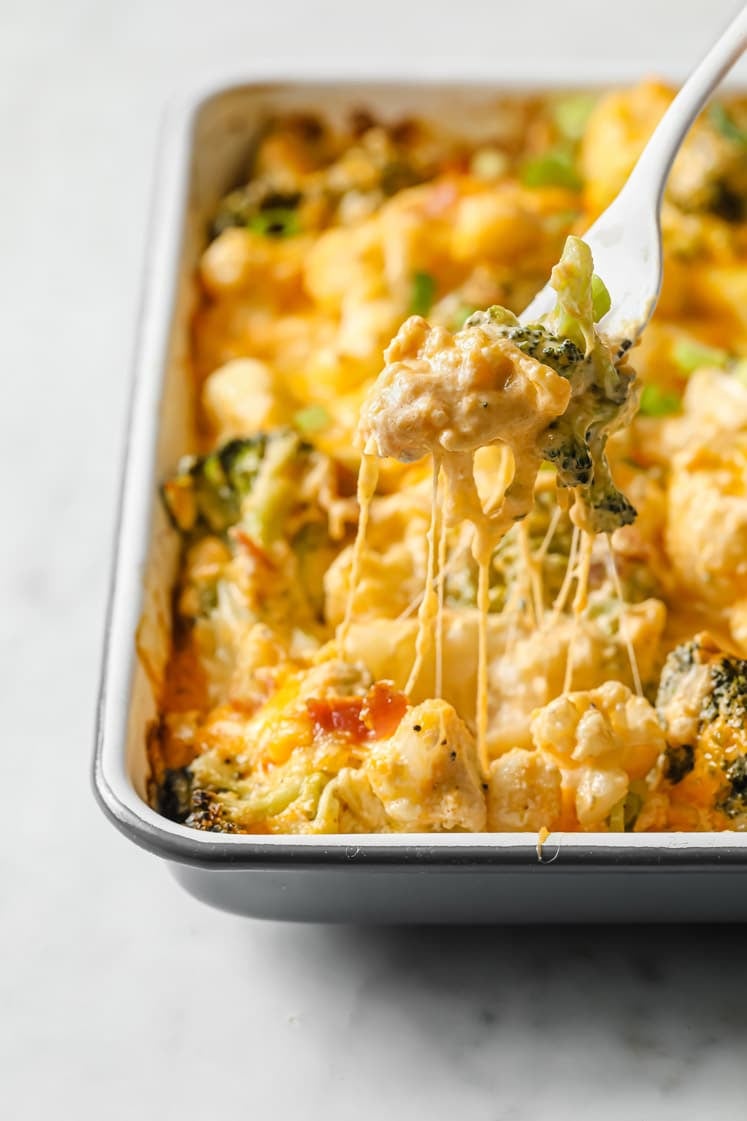
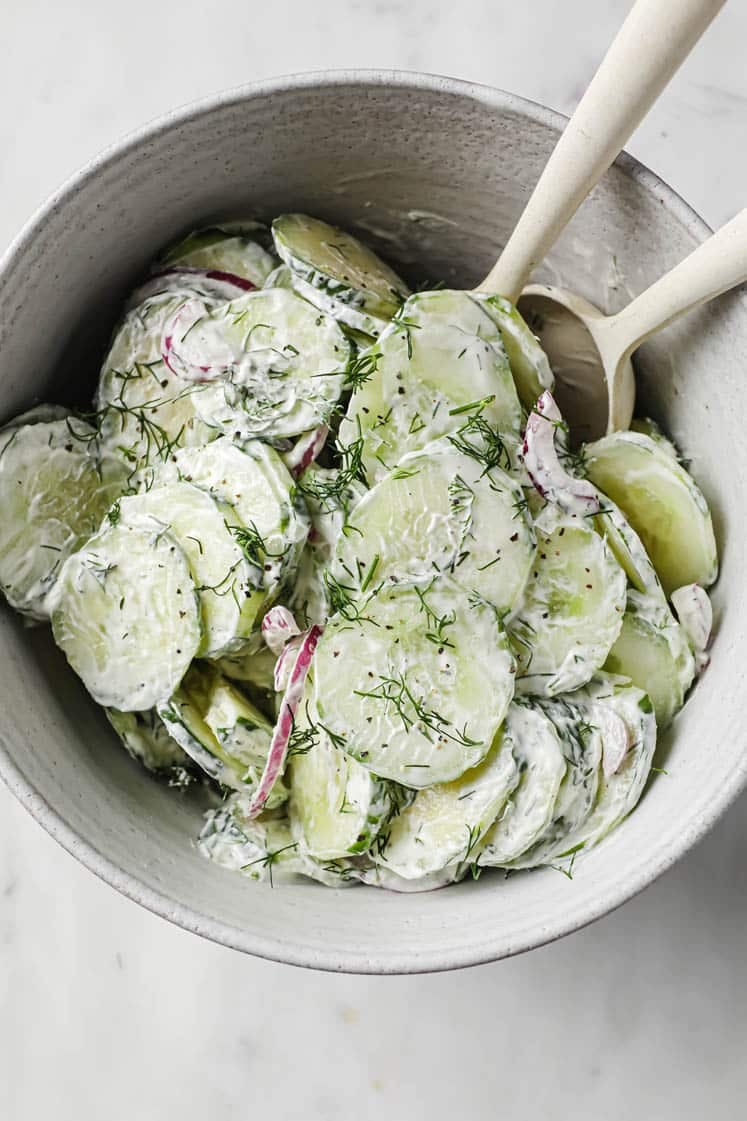









Leave a Reply